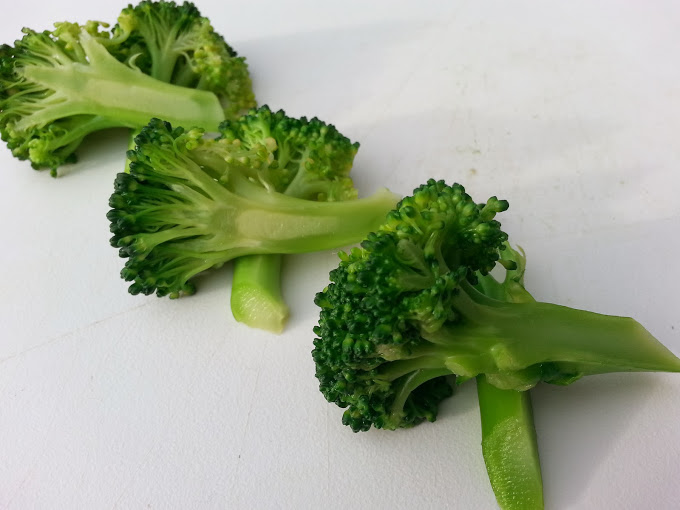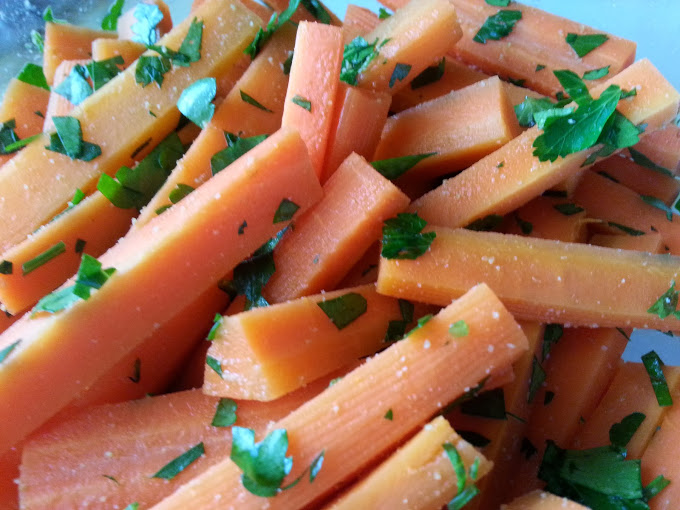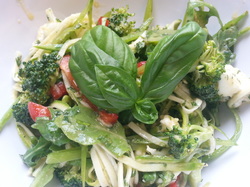
I wanted to launch a website and talked about doing it for a long time. Other than purchasing the domain name, I hadn't done anything about it other than talk. That's because it felt overwhelming since I wasn't sure how to do it or what to do next. So much content to write. Hosting, what's that? A website builder? Hmmm. Do I need to know HTML? Where do I start? Yikes!
Sitting around the table on that fateful day, after I mentioned for the umpteenth time that I would "work on" starting my website, Ellis told me that he started several websites in a matter of only a few hours, and that 24 hours would be more than enough time for me to get my website going.
What?!?! 24 hours?!?! Have a website up and running?!?! No way! Way!
Ellis explained that since I already had the domain name, all I would need is a host and a simple website builder. I could even find those together in one place. And no, I did not need to know HTML. He made it sound so easy.
The rest of the group chimed in with suggestions, ideas, and words of encouragement, and then cheered me on for the task at hand.
After checking out and comparing hosting sites and website builders, I chose namecheap.com to host my website. And I chose a new, very simple, easy to use, drag and drop website builder called Weebly (www.weebly.com).
I wrote a few short pieces and created a first draft of my logo, selected a theme, created a few pages, then dragged and dropped my content, logo, and some pictures into those pages, clicked on the "publish" button, and voila: I had a website! It was THAT easy!
I published my website within 24 hours of the challenge! And I was even quite proud of it!
Over the past two years, I've added over 200 posts, several photos, some videos, and a teleseminar. Plus, I morphed my logo into its final form. I've had a lot of fun along the way and am excited to be going on 104,000 pageviews!
I'm telling you this because you might be dragging your feet about starting your own website like I was two years ago, and if so, I want to encourage you to just do it! It's so much easier than you may think! And it's even easier than it was two years ago. So go for it!







 RSS Feed
RSS Feed